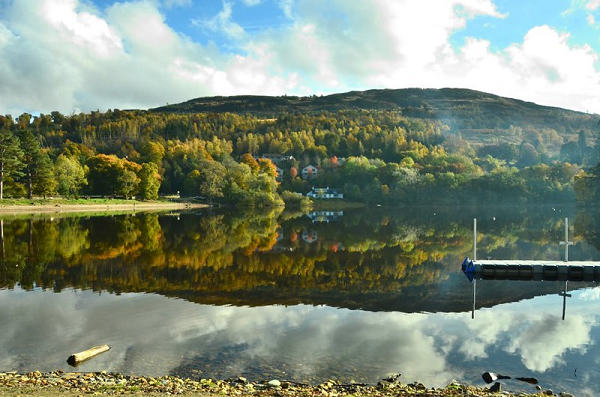Water safety awareness

The importance of water safety awareness was marked by Community Safety Minister Ash Regan on World Drowning Prevention Day last week.
At an event at the Kelpies, Falkirk, Ms Regan discussed preparedness and witnessed water safety demonstrations with the Scottish Fire and Rescue Service, the Royal Society for the Prevention of Accidents (RoSPA) and first responders. The Minister also watched a demonstration by Newfoundland dogs specially trained for water rescue.
Support for the global prevention day – which saw St Andrew’s House in Edinburgh lit up blue with other world landmarks - follows the launch of a collaborative action plan to help prevent people from drowning in Scotland.
Ms Regan said, with Scottish schools closed for summer, it is vitally important everyone heeds crucial water safety advice.
She said:
“I welcome the opportunity to support the World Health Organisation’s World Drowning Prevention Day.
“We are blessed with an abundance of natural beauty and surrounded by waterways that can appear tempting during hot weather.
“But it’s vitally important people exercise extreme caution if venturing into open water and that they heed all of the safety advice. Entering any waterway has an element of risk and can have tragic consequences.
“The Scottish Government takes the issue of water safety very seriously and our sympathies remain with everyone affected by the tragedy of a water fatality.
Make sure you are familiar with water safety measures to help you enjoy Scotland's beaches and waterways safely this summer by visiting Ready Scotland and Water Safety Scotland for more information.
Here are some key water safety points:
-
If you plan to get into water to cool down during hot weather, be responsible, know the risks and choose a supervised site such as a beach, lido or swimming pool.
-
Reservoirs, rivers, lochs and unsupervised beaches might be tempting for a quick cool down but there are hidden and potentially fatal dangers including strong currents and the risk of cold water shock.
-
The depth of water could be hiding unseen dangers – hidden ledges or strong currents. And if you are at the coast, think carefully about rip currents, offshore winds and the tide.
-
It is better to go near the water with a family member or friend.
-
Talk to your children to help them understand the risks and how to make safe choices around water.
-
Avoid open water where there are blue-green algae warning notices or if it looks green, blue-green or greenish-brown on the surface.
-
And if you see someone in trouble, do not enter the water. Look for a life ring and call 999.


